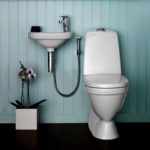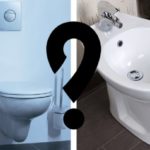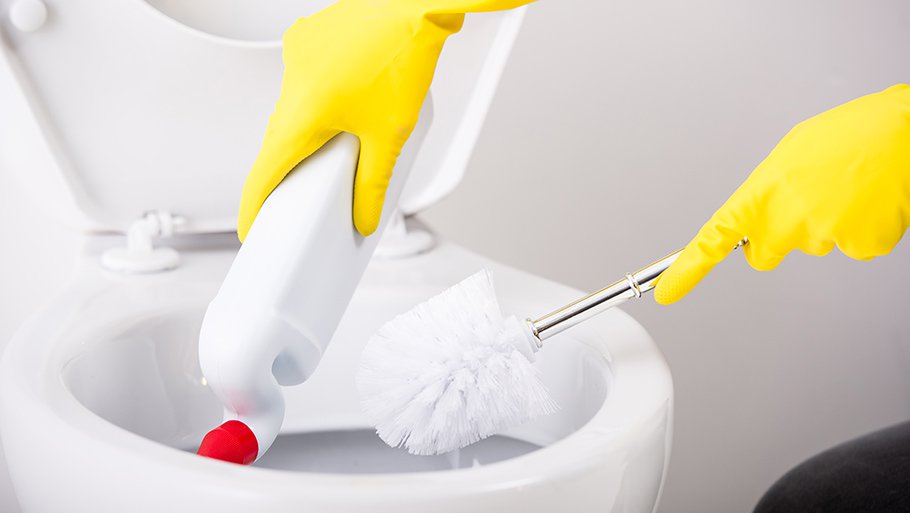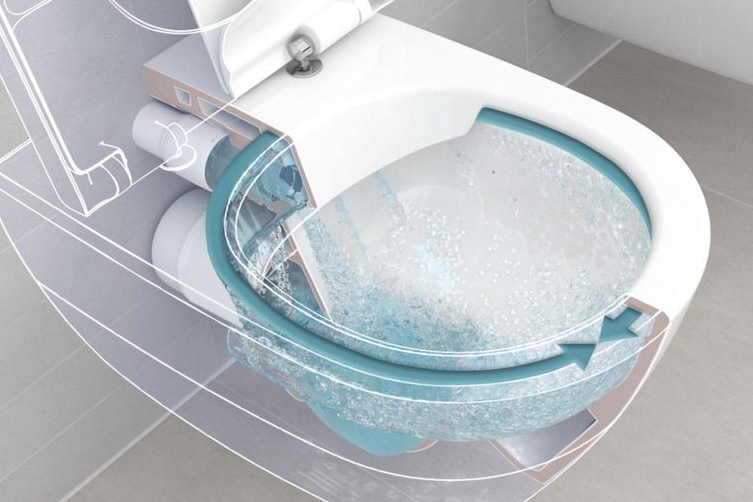How to properly install a hygienic shower for a toilet
The small size of a typical bathroom makes it impossible to install a full-fledged bidet in it. But this is not a reason to deprive yourself of the opportunity to improve the premises.
If there is no space, but you really want to have a bidet, then you can look for alternative ways to solve the problem - install a hygienic shower. It has a similar function, but takes up little space and costs less.
The content of the article
Features of a hygienic shower for a toilet
A hygienic shower and a bidet have the same original purpose - to care for intimate parts after visiting the bathroom. However, the shower has a much wider scope of application. It allows you to care for children, the elderly, and the disabled.
In addition, the design of the device allows you to wash dirty things without dirtying the sink or bathtub. For example, above the toilet you can easily wash dirty boots and flower pots.
In addition, a hygienic shower has a number of undeniable advantages:
- Installation. The product is easy to install, and when assembled it takes up minimal space. In addition, you can install plumbing yourself - this does not require special knowledge and experience.
- Price. The product costs much less than a bidet.
- Comfort. The device does not take up much space, so it does not interfere with cleaning the room.
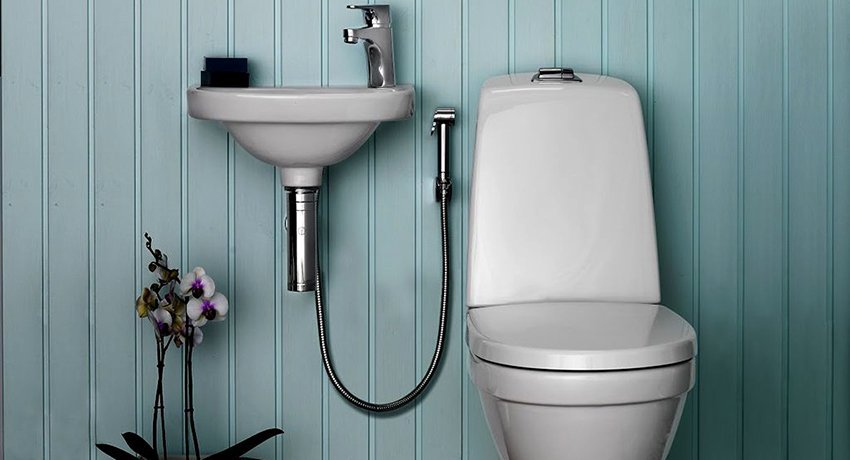
Not without its drawbacks:
To install the product, you will have to dismantle part of the tile. This is necessary in order to lay the hoses and secure the structure.
For stable operation, constant good water pressure is required. If the water pressure leaves much to be desired, you will have to spend extra money on purchasing a thermostat.
Reference! The thermostat can also be considered an advantage of the product. It is necessary in order to mix cold and hot water, giving it a comfortable temperature. To do this, set the adjustment knob to the desired position once, and the thermostat will maintain the set mode. This is very convenient as it can protect you from burns.
If we talk about appearance, then the hygienic option is no different from a regular shower. Its package includes:
- Mixer.
- Watering can. For a hygienic shower, it is significantly less than for the conventional version. This is due to the fact that the stream of water should not disperse.
- Hose.
Types of devices
There are several adaptation options. Although they have different appearance and mounting options, they are all easy to install. The following varieties are distinguished:
- Bidet toilet. This is a special design with a shower built into it. The nozzle can be fixed into the plumbing structure itself or onto a retractable fitting. The control unit is installed in the water drain tank. The dimensions of such plumbing fixtures are larger than those of a conventional toilet. In addition, installing such a model is more difficult than other options. The cost of the product is higher.
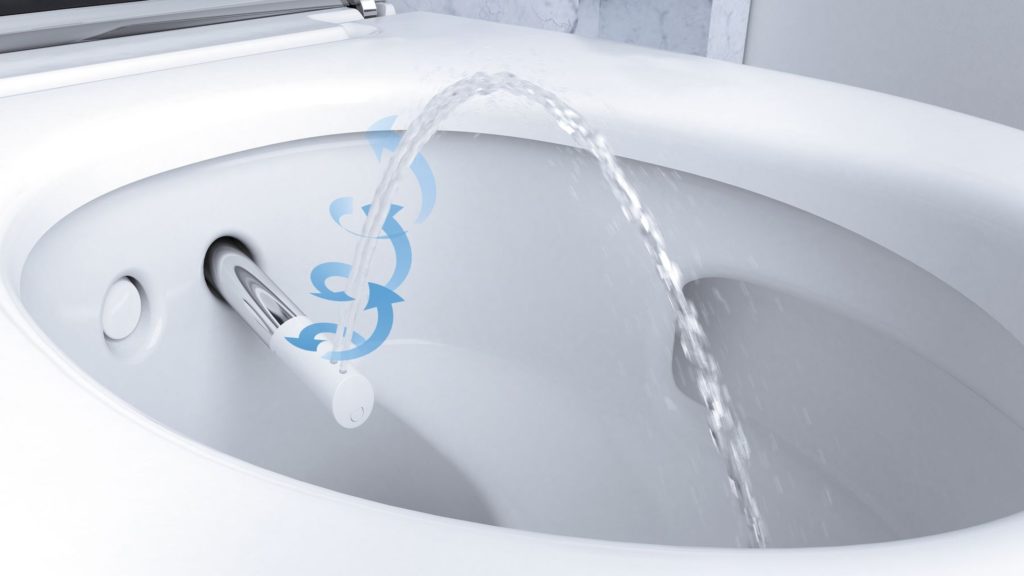
- Bidet lid. It will turn ordinary plumbing into a high-tech device. A mixer and a control unit are installed in this lid, which regulates the soft lowering of the lid, drying and water temperature.Electronic versions of the bidet lid are available for sale. These are more functional, easier to use devices. Electronic products have one drawback - high cost.
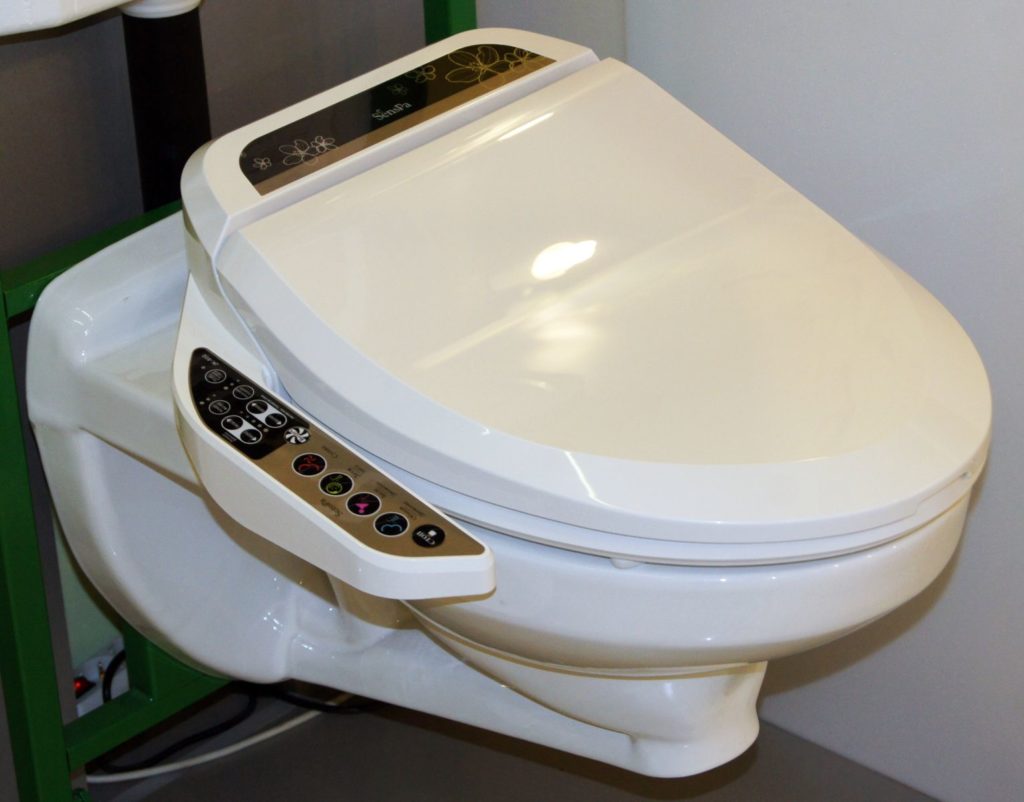
- Wall construction. The simplest option for a hygienic shower. The faucet of the device is installed on the pipes running in the bathroom. The holder itself is mounted on the wall next to the toilet. The watering can is connected to the mixer using a flexible hose. The device is easy to use - first you need to set the mixer to a comfortable temperature setting. The water supply is regulated by a button located on the watering can of the product.
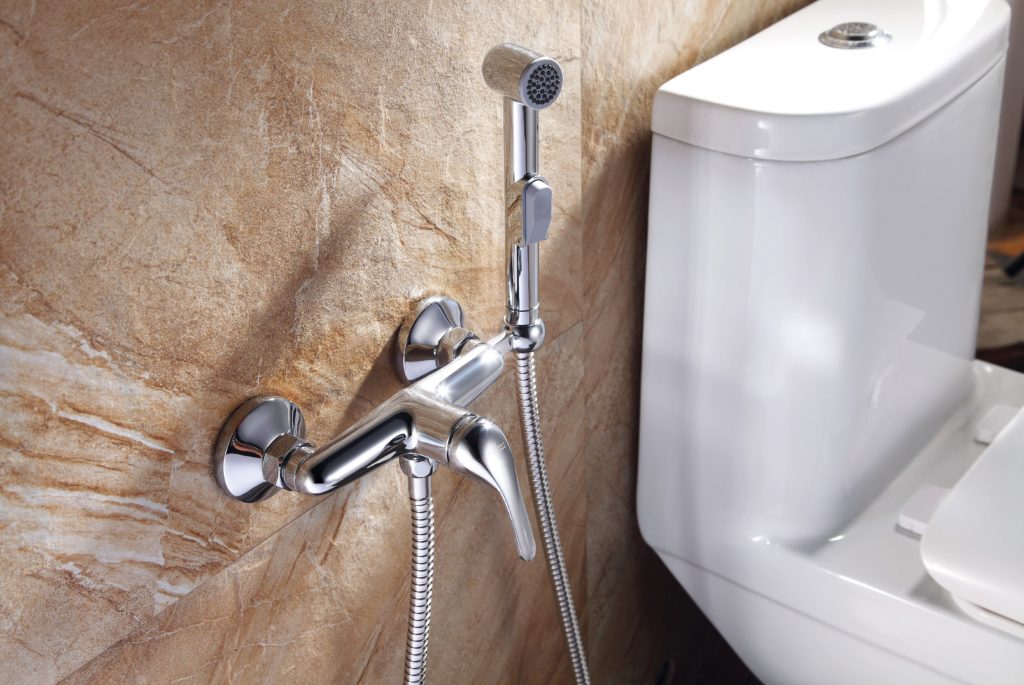
- Built-in model. The mixer of this design is installed in the wall and tiled. It is not visible from the outside. There are only a flexible hose and a watering can here. This option looks more aesthetically pleasing, but it is not always possible to install the structure - space is required to install the mixer.

- Shower connected to the sink. This option is suitable for a combined bathroom. Since there is a sink in the room, the easiest option is to connect the fixture to it. To install it, you will need to purchase a sink faucet that will have a hose outlet. The advantage of this version of the device is that drops of water will flow into the sink after the shower is turned off. Otherwise, the product is no different from a regular wall-mounted shower.
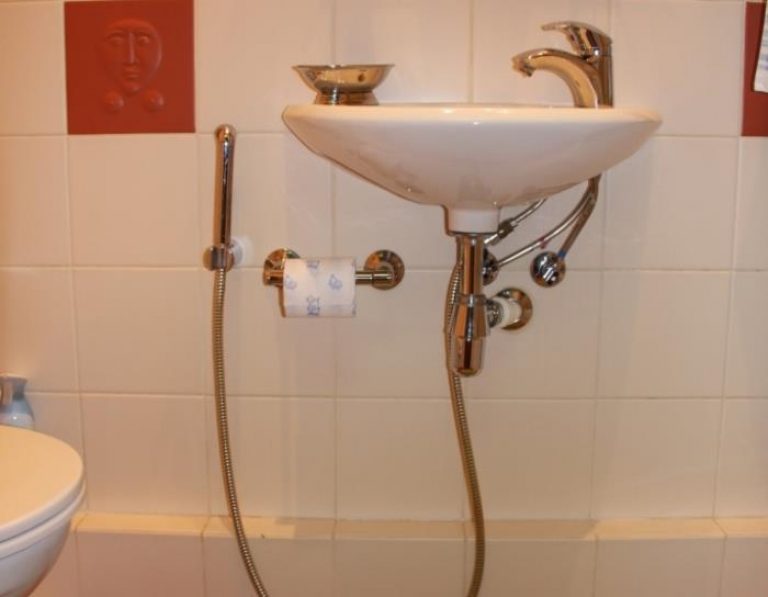
How to properly install a shower for a toilet
Before proceeding with the installation of the structure, several steps should be taken. First you need to assess the size of the room and decide on the location of the product relative to the toilet. If you have any difficulties, you can do a kind of “trying on”. To do this, sit on the toilet lid and close your eyes. Stretch your hand in a direction that is convenient for you. Using a pencil, mark the resulting location.
Attention! The optimal height for attaching a hygienic shower near the toilet is from 60 to 80 cm from the floor. It is also worth considering that the flexible hose of the structure should not touch the floor covering.
After this, you can begin installing the product. The sequence of actions will depend on the selected device model.
If the dimensions of the room do not allow you to install a bidet, you can choose a wall-mounted option or a built-in shower.
How to install:
- The mixer should be mounted on the wall and water should be supplied to it.
- Connect the flexible hose to the product’s watering can.
- Mount the holder for the watering can in a convenient place.
The algorithm for installing the bidet cover is as follows:
- You must first turn off the water supply to the drain tank and drain all the water from the tank.
- Remove the hose through which water enters the tank.
- Remove the reservoir cover. Clean the inner surface of the tank from limescale and rust.
- Install the tee.
- Then you need to fix the hose going from the tee to the drain tank.
- Use bolts to secure the side plates and plugs to the plumbing support structure.
- Secure all connections with sealant.
- The last step is to connect the tee to the base of the toilet and check the functionality of the system.
The simplest option is to install a shower under the sink. You just need to purchase a special mixer and connect a hose to it.
A hygienic shower is a useful device. In addition, the design cost is lower than that of a full-fledged bidet. Even a child can learn to use the product.

